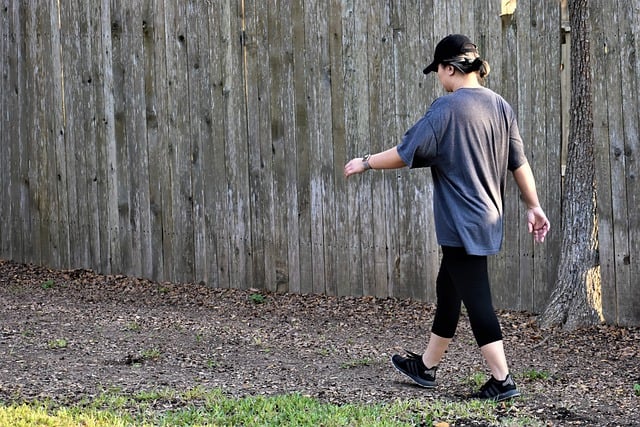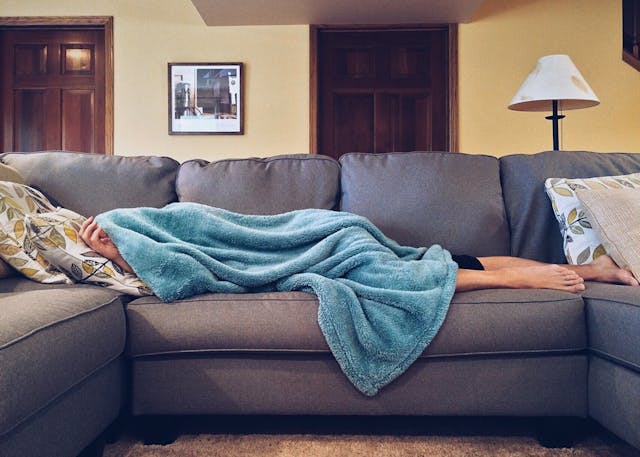
Exercise plays a pivotal role in healthy aging, helping older adults maintain strength, flexibility, and vitality. But not all exercises are created equal—some promote longevity and youthfulness, while others may increase the risk of injury. In this article, we’ll explore the best exercises for aging, the benefits they bring, and how to stay active safely as you age.
Why Exercise is Essential for Healthy Aging
As we age, our bodies undergo changes such as muscle loss, reduced bone density, and slower metabolism. Regular physical activity can:
- Improve heart health.
- Maintain muscle mass and strength.
- Enhance flexibility and balance, reducing the risk of falls.
- Boost mental health and cognitive function.
- Slow down the aging process, both physically and mentally.
Let’s dive into the best exercises for older adults and how they contribute to healthy aging.
What Exercise is Best for Aging?
- Walking
- Why It’s Great: Walking is low-impact, easy to start, and improves cardiovascular health.
- How to Do It: Aim for 30 minutes of brisk walking 5 times a week.
- Benefits: Strengthens heart, improves mood, and enhances mobility.
- Strength Training
- Why It’s Great: Builds muscle, increases bone density, and reduces the risk of osteoporosis.
- How to Do It: Use resistance bands, light dumbbells, or bodyweight exercises like squats and push-ups.
- Benefits: Improves posture, metabolism, and overall strength.
- Yoga
- Why It’s Great: Enhances flexibility, balance, and mental clarity.
- How to Do It: Follow online tutorials or attend a beginner’s class tailored for older adults.
- Benefits: Reduces stress, improves joint health, and boosts overall well-being.
- Swimming
- Why It’s Great: Provides a full-body workout that is gentle on the joints.
- How to Do It: Swim laps or join a water aerobics class.
- Benefits: Enhances cardiovascular health, builds muscle, and improves flexibility.
- Tai Chi
- Why It’s Great: Combines gentle movements with mindfulness, improving balance and reducing the risk of falls.
- How to Do It: Practice with a local instructor or follow a guided video.
- Benefits: Improves stability, mental focus, and relaxation.
Which Exercise Makes You Look Younger?
- High-Intensity Interval Training (HIIT): Short bursts of intense exercise followed by rest periods can improve skin elasticity by boosting blood flow and oxygenation.
- Facial Yoga: Gentle facial exercises can help tone facial muscles, reducing wrinkles and improving overall appearance.
Healthy Aging Exercises at Home
- Chair Squats
- How to Do It: Stand in front of a chair, lower yourself until you’re almost seated, then stand back up.
- Benefits: Builds lower body strength and improves balance.
- Wall Push-Ups
- How to Do It: Lean against a wall and perform push-ups to strengthen arms and chest.
- Benefits: Easy on joints while improving upper body strength.
- Seated Leg Lifts
- How to Do It: While seated, extend one leg straight out and hold for a few seconds, then switch legs.
- Benefits: Enhances leg strength and mobility.
- Stretching Routines
- How to Do It: Perform stretches targeting hamstrings, calves, shoulders, and back.
- Benefits: Improves flexibility and reduces stiffness.
Worst Exercises for Aging
Some exercises may do more harm than good as we age. Avoid:
- High-Impact Activities: Exercises like running or jumping can strain joints and increase the risk of injury.
- Heavy Weightlifting: Lifting excessively heavy weights without proper form can lead to injuries, especially for those with weaker bones or muscles.
- Deep Twists and Bends: Certain yoga poses or stretches that overextend the spine or neck can cause discomfort or injury.
- Extreme Endurance Training: Long, intense cardio sessions may lead to joint wear and tear or excessive fatigue.
Key Tips for Exercising Safely as You Age
- Warm-Up First: Always start with a gentle warm-up to prepare your body and prevent injuries.
- Listen to Your Body: Avoid pushing through pain; modify exercises if needed.
- Stay Consistent: Aim for at least 150 minutes of moderate exercise weekly.
- Consult a Doctor: Before starting a new fitness routine, check with your healthcare provider, especially if you have pre-existing conditions.
Conclusion: Stay Active and Age Gracefully
Exercise is a powerful tool for healthy aging, helping older adults maintain independence, vitality, and a youthful appearance. Incorporate a mix of walking, strength training, yoga, and other low-impact exercises into your routine to enjoy the benefits of staying active.
Remember, it’s never too late to start exercising. Choose activities you enjoy, and prioritize consistency for long-term health and well-being.

